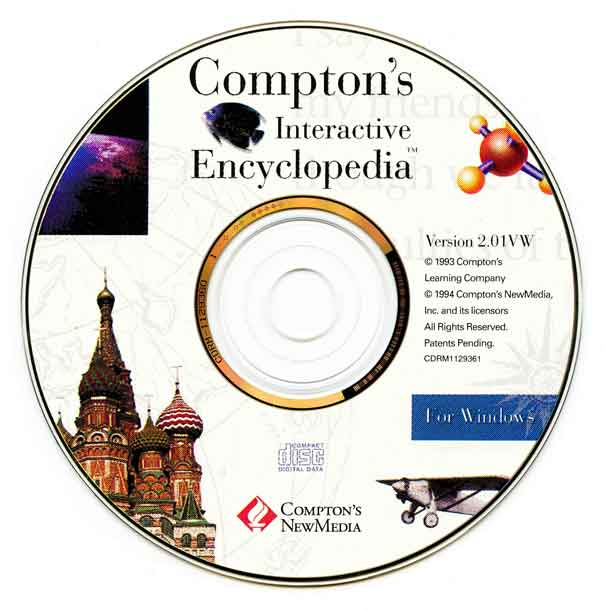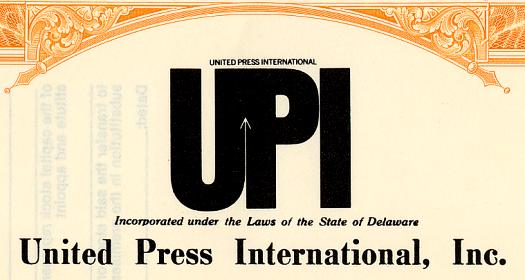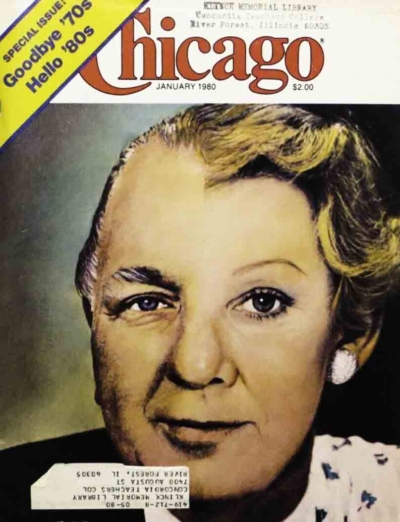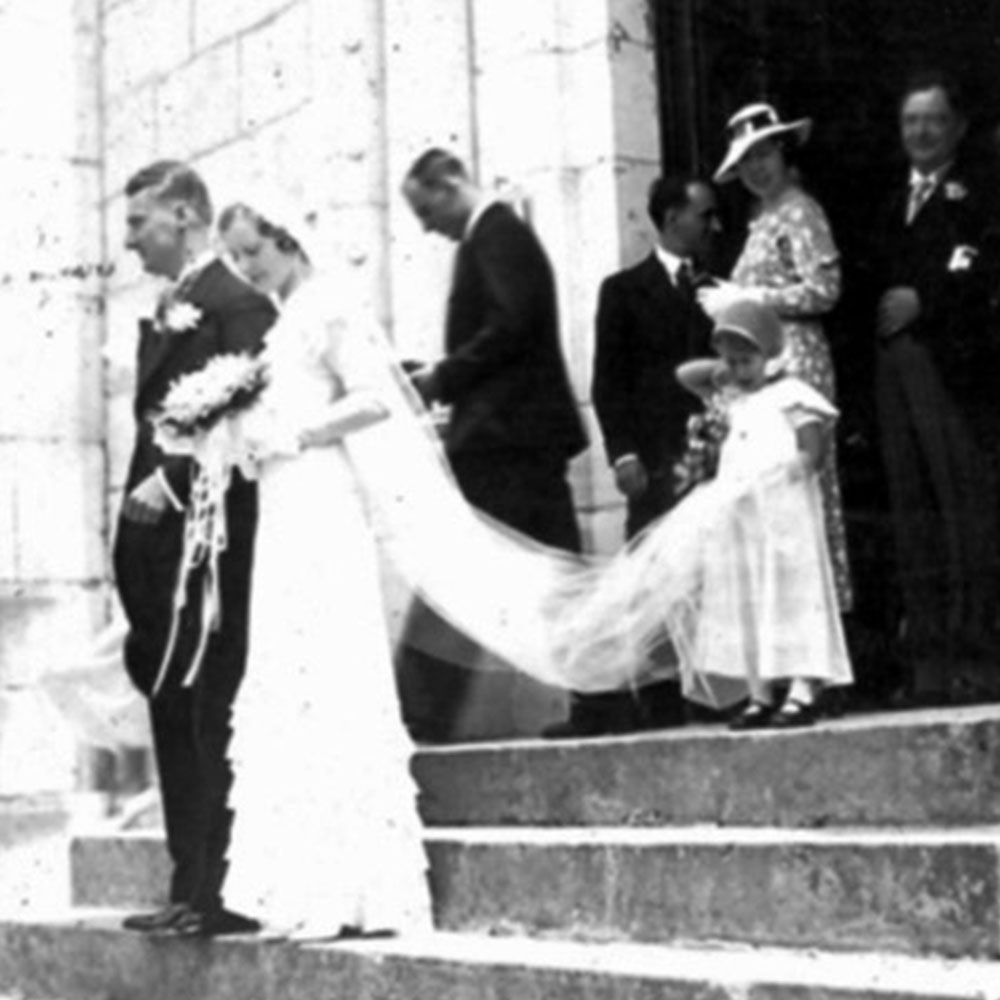Who would have guessed that at the end of the 20th century it would be a company founded in Scotland in 1768 that would invent a key part of the mechanics that would let people intuitively navigate the electronic flood of text, sound, and images soon to drench the planet from the internet?
In 1989, 221 years after the company’s founding in Edinburgh during the Scottish Enlightenment, Chicago-based Encyclopaedia Britannica, Inc., publisher of its eponymous Encyclopædia Britannica reference work, had not only solved this puzzle for the first time, but it was also issued a patent for it. While it may be incongruous that a legacy reference print publisher would be the party to make the discovery, this is exactly what happened.
Normal patents on inventions today have a revenue-producing life of 20 years. The patents Britannica filed for in 1989 were issued by the U.S. Patent and Trademark Office in 1993 and immediately controversial. Software industry opposition caused the Commissioner of Patents to promptly order a reexamination by the Patent Office. Following the Commissioner’s invitation, the Office cancelled the patent a year after it issued. After more years of litigation by Britannica, another court finally reversed the Patent Office and in 2002, the patent was reissued. Then it was finally up to Britannica to enforce the patent against infringers. The family of Britannica’s Compton’s patents were unusual both in their long and controversial history, but also in that they never earned a nickel. In 2011, the U.S. Court of Appeals for the Federal Circuit found the patent to have been improperly issued due to a purely technical and procedural error in the original filing papers.
The technical defects meant that this court never got to a detailed ruling on whether then-commonplace GPS navigation systems infringed the patents covering Britannica’s invention. When Britannica later sued its outside patent law firm for legal malpractice for committing the technical error, another court in 2015 denied this claim saying that, if the patent shouldn’t have been issued by the Patent Office in the first place, Britannica couldn’t have been hurt by the law firm’s mistake.
Even though Encyclopaedia Britannica never benefited financially from the extraordinary human/machine interface it had been the first to build, it had reason to be proud of its fundamental achievement. The public filing of its patent application had provided the roadmap for others to follow in quickly developing many other complex software applications besides encyclopedias. The Britannica human/machine interface provided for the first time seamless navigational paths into and through complex databases of mixed media including text, graphics, maps, videos, and audio elements. When developed, the goal had been to have even a nine-year old master the navigation. Of course, today some four-year-old children are playing with computers in a way unthinkable in 1989 when the Compton’s patent application was first filed.
Britannica’s landmark invention had partly to do with the evolution of the personal computer in the mid-1980s. But it also had to do with a small group of encyclopedists who had been struggling for many years before to define what an electronic encyclopedia would look like. The culmination of their work happened to coincide with the coming of age of the personal computer in the nascent consumer market. This was the secret sauce that made the breakthrough in the human/machine interface possible.
This fortuitous combination produced a remarkable cultural result. It meant that for the first time, children, as well as adults, could easily and quickly access and navigate complex and media-rich stores of digital information. It also created a plumbing roadmap for the software design that in later years would prove essential in making user friendly such diverse applications as automobile GPS navigation systems and websites on the internet.
Britannica built on decades of work by computer innovators such as Vannevar Bush, Ted Nelson, Douglas Engelbart, and Alan Kay. These visionaries began to imagine hyperlinks as early as 1945, went on to pioneer the mouse and graphical user interface, and even applied their thinking to the problem of building an electronic encyclopedia.









